About Birth
section1
The joint workshop that dramatically changed the Echizen hammered cutlery production area How "Takefu Knife Village" was born
A unique cylindrical building appears about a 10-minute drive from the Takefu IC on the Hokuriku Expressway.
It is the Takefu Knife Village, a joint workshop that is rare among the many cutlery production centers in Japan.
While the division of labor is the norm for Echizen hammered blades, craftsmen from 13 different workshops work under one roof at Echizen Uchihamono.
The powerful sound of forging steel and the breath of the craftsmen sharpening their blades with a splash of water...... up close is a powerful sight and conveys the tension of craftsmanship.
Echizen Uchihamono is now gaining worldwide recognition and attention. The impetus for this was the birth of Takefu Knife Village.

Young Craftsmen
section2
Young artisans searching for the future of the production area
Echizen hammered blades, with a history of approximately 700 years, are one of Fukui's representative traditional industries and the first in the hammered blade industry to be designated as a "traditional craft".
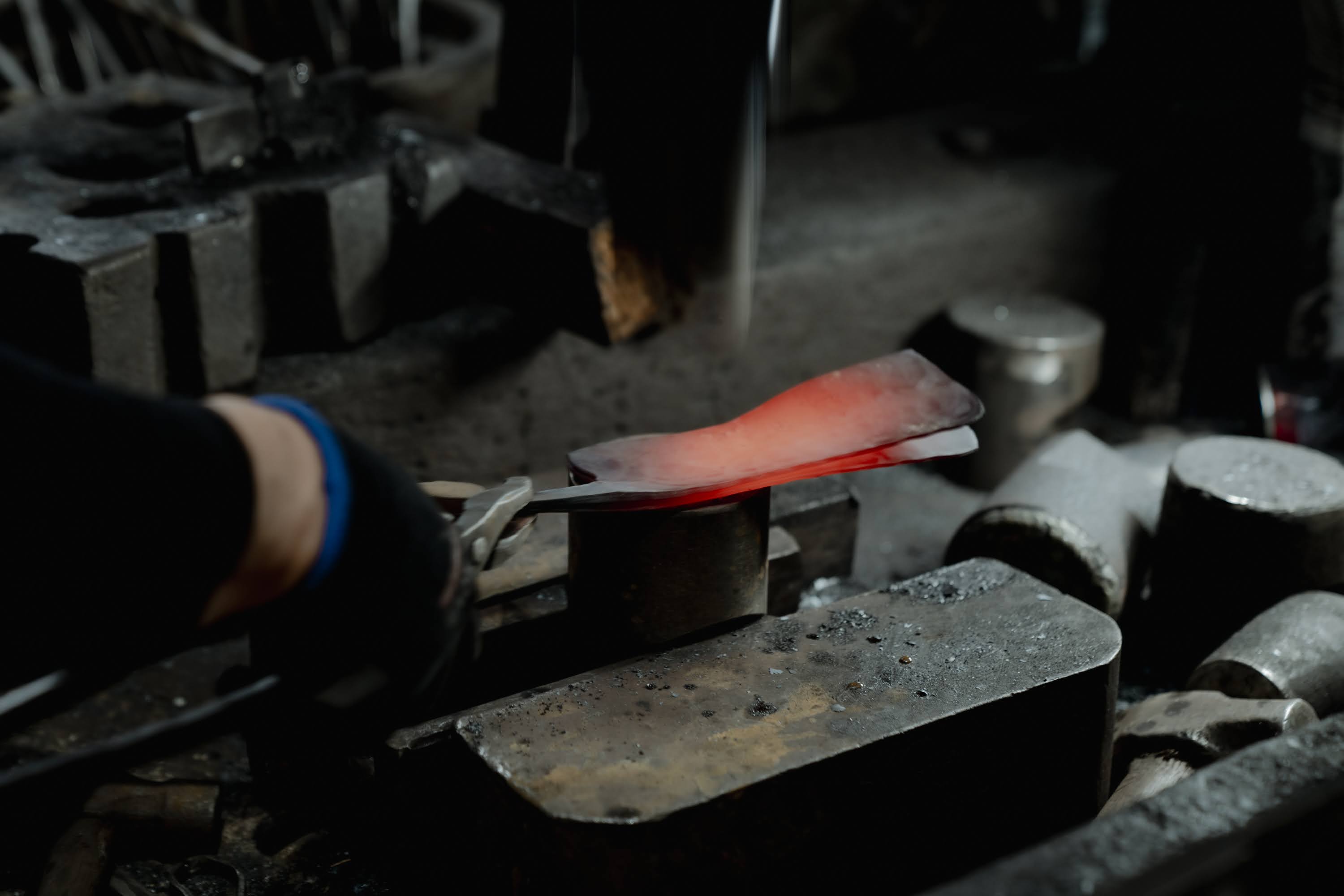
Although stable production continued until the beginning of the Showa period (1926-1989), demand for Echizen hammered blades, which are made one by one by hand, declined sharply as mechanization progressed with the rapid economic growth of Japan. The environment surrounding the production area had become severe due to the spread of stainless steel and the rise of inexpensive die-cut blades made in mass production from overseas.
"Echizen City was originally dotted with several cutlery workshops. Most of them were family-run businesses, and many of the 60 or so workshops that existed at the time were forced out of business." says Hideo Kitaoka of Kitaoka Cutlery Manufacturing Co.

▲Mr. Kitaoka is currently the president of the Takefu Knife Village Cooperative.
Mr. Kitaoka was in his 20s at the time. Not only Mr. Kitaoka but also the craftsmen of his generation who were responsible for the production area had a sense of crisis about the future of the production area.
Not only were product sales sluggish, but there were also a host of other issues such as aging craftsmen, lack of successors, and noise problems with neighbors.
In 1973, a group of young craftsmen formed the Takefu Cutlery Industry Research Association. Every night after work, they would gather to discuss the future of the region.
"Echizen hammered blades are made by a variety of craftsmen, including those who specialize in deba knives and vegetable cutting knives, sickle knives, hatchets, and sharpening. We rarely see each other in different occupations. It was also an opportunity for us to make horizontal connections with craftspeople with whom we had no previous contact."
Young Craftsmen
section2
Meet the Designer
section3
Meet Kazuo Kawasaki, a designer who will change the destiny of the region
At that time, Kitaoka-san and his colleagues reached a turning point. Through an introduction from the Industrial Research Institute in Echizen City, they met Kazuo Kawasaki, a designer from Fukui Prefecture, who joined the artisans in developing new products.
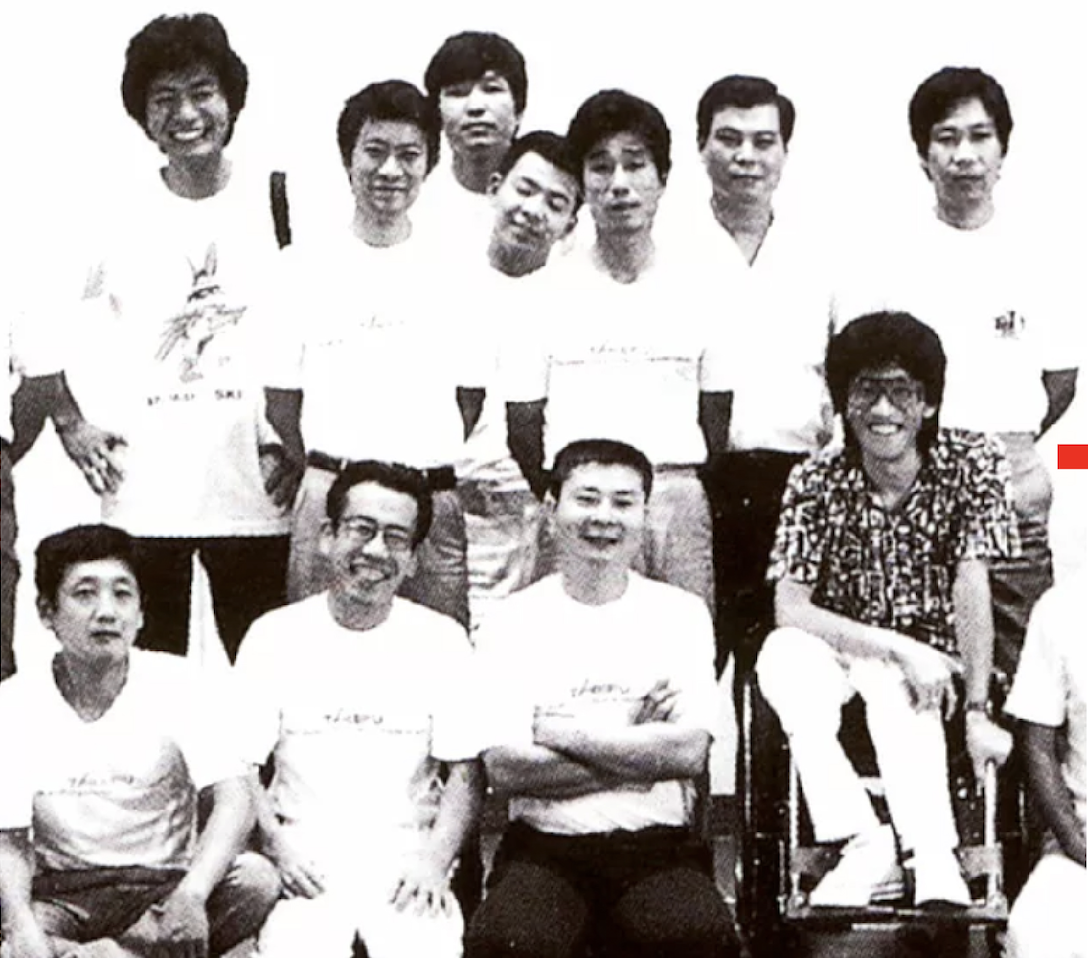
▲Mr. Kawasaki (bottom right) and his craftsmen
"When I saw the knife, I thought, 'This is something you don't find in Tokyo. The only knives sold in Tokyo are cheap ones that are called mere cultural knives. It's not real.They have real ideas, but they are not accepted by the Tokyo market. Then I thought I'd try my own design."
says Kawasaki in his book "Dream Designer" (KTC Chuo Publishing Co., Ltd.).
ARTUS
PROFESSIONAL
section4
A unified brand born after a challenging product development process
Product development started with Mr. Kawasaki, who named the unified brand name of the new products "Takefu Knife Village".
However, the road to completion has not been smooth.
"Kawasaki's design drawings for the new products were all novel and never-before-seen. To be honest, I wondered how such a blade could be made." Kitaoka says.
Mr. Kitaoka and the other craftsmen have been making things for generations. Not a few craftsmen rejected the katakana profession of 「designer」 and design thinking itself.
After work, everyone gathers together in the evening for heated discussions and debates. The days of creating prototypes based on Kawasaki's design drawings lasted about a year.

Thus, in 1983, 17 new products were finally completed.

▲TAKEFU KNIFE "ARTUS PROFESSIONAL" series designed by Kawasaki
At the 「Takefu Knife Village Exhibition」 held at the AXIS Building in Roppongi, Tokyo, the unique design of the integrated blade and grip, which had never been seen in Echizen hammered blades before, and the delicate craftsmanship of the weight balance and blade edge curves, attracted much attention.
"At that time, we repeatedly received orders from wholesalers and delivered products. The names of the craftsmen were never revealed. The creation of this product has allowed each craftsman to take pride in the fact that they made it."
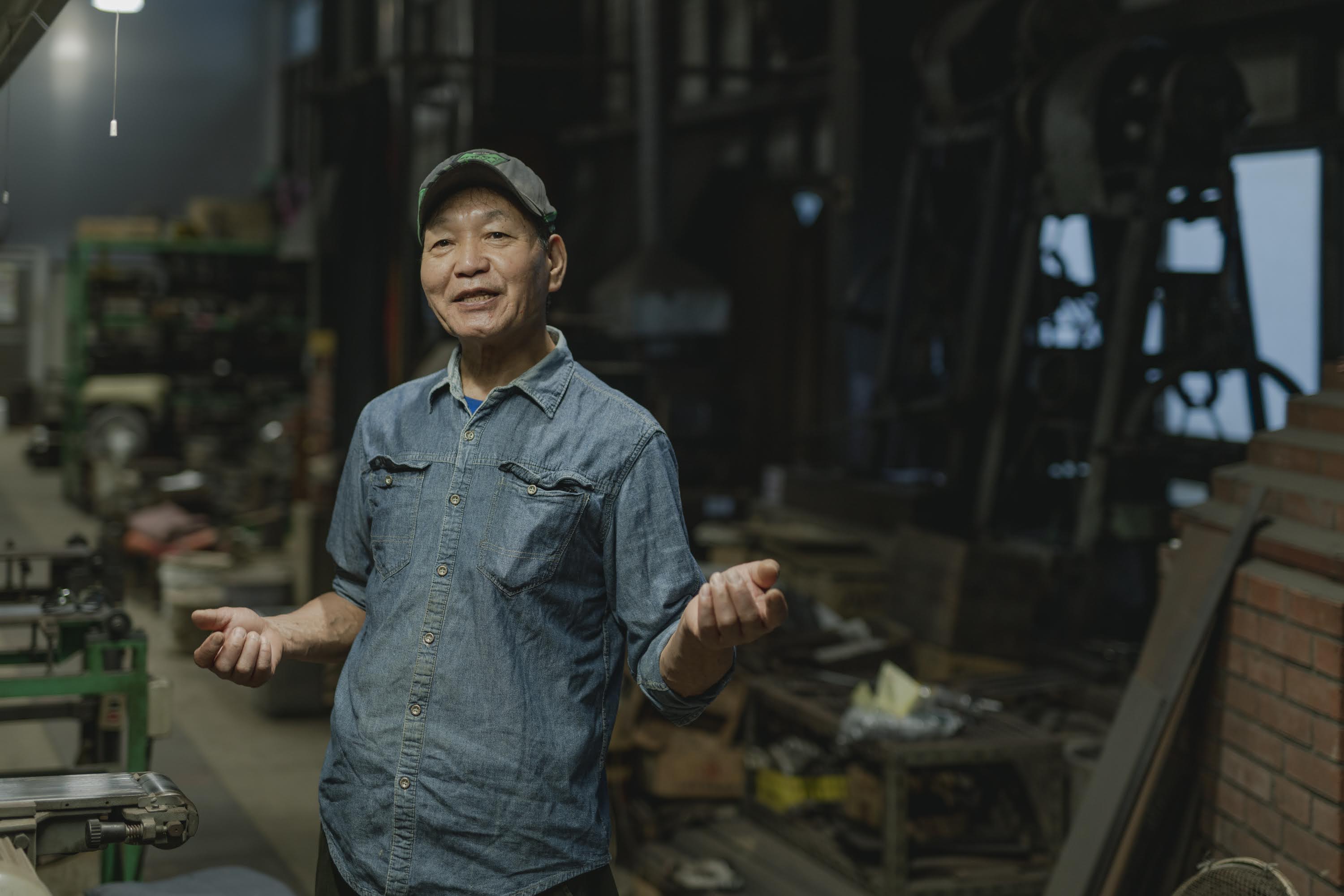
▲"I was happy that our technology was well recognized, and not just in terms of price and delivery time," says Kitaoka.
Furthermore, in 1986, he held an exhibition in New York, U.S.A., which was a great success. Since then, Echizen Uchihamono has continued to exhibit at the world-famous Ambiente exhibition in Germany, and Echizen Uchihamono has spread its wings around the world, both in name and reality.
ARTUS PROFESSIONAL
section4
Establishment of Joint Workshop
section5
Aiming for a stronger production area, a joint workshop was established as a long-cherished dream
The "Takefu Knife Village" brand was a big deal, but it did not solve all the problems. To develop products as a unified brand in the future, production volume cannot be expected from the small workshops scattered throughout the city. Therefore, it was necessary to create a new base.
This led to the idea of a "joint workshop," where multiple workshops would work together under one roof.
The building was designed by architect Kiko Mozuna. At a total cost of 300 million yen, the new base of operations, Takefu Knife Village, was completed in May 1993.
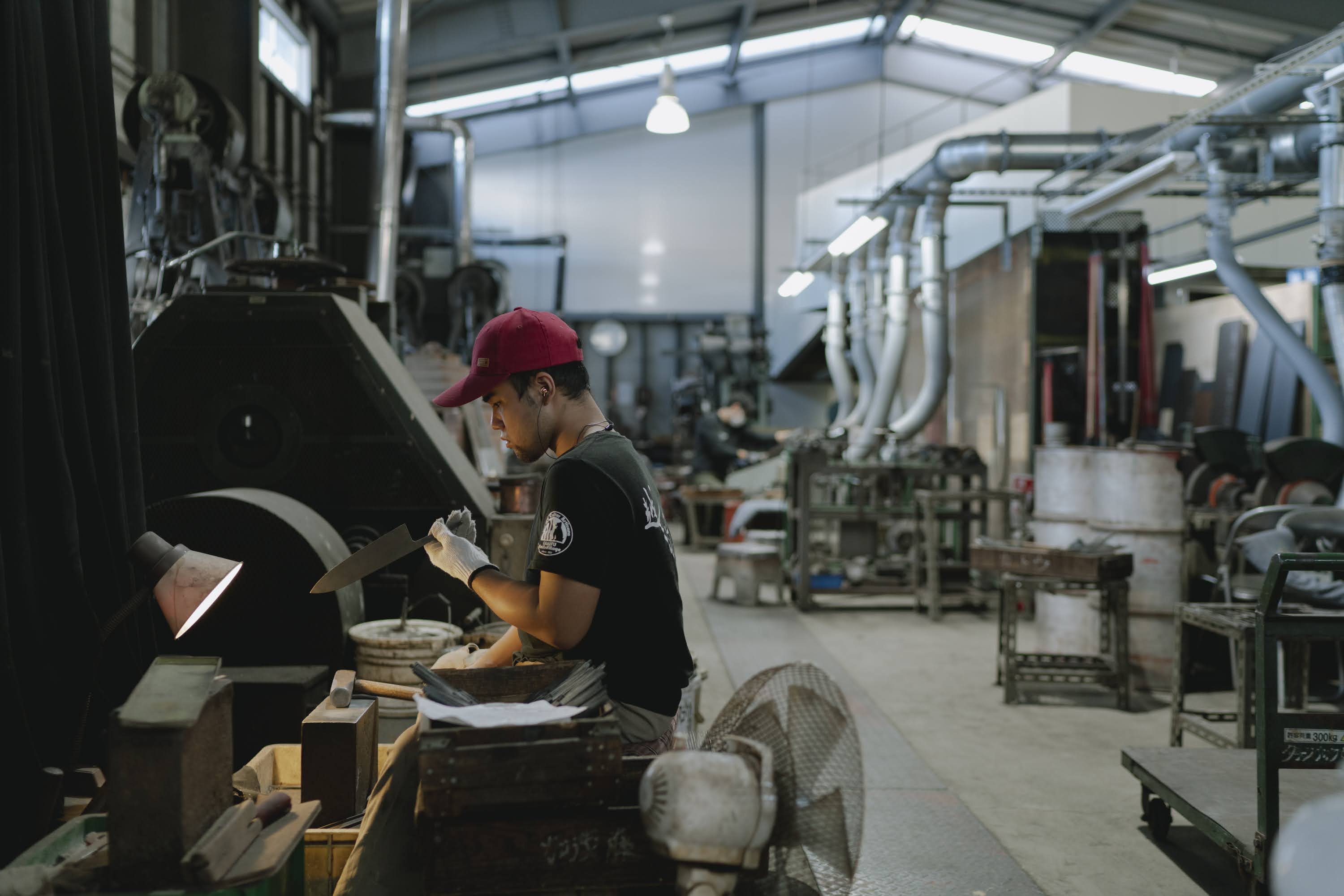
"With no subsidies, it was truly a once-in-a-lifetime opportunity. The founding members of the 10 companies each took on 30 million yen in debt, closed their workshops, and put everything they had into Takefu Knife Village."
The Big Advantages
section6
What are the major advantages brought by the joint workshop?
Was there any part of the joint workshop, which is unprecedented in the country, that was perplexing?
"Craftsmen's work is something they do not normally want to show to the outside world. At first, of course, there was a conflict. However, there is a lot to learn from watching how other craftsmen do things, which is a big advantage because it helps raise the level of skills in the entire production area."
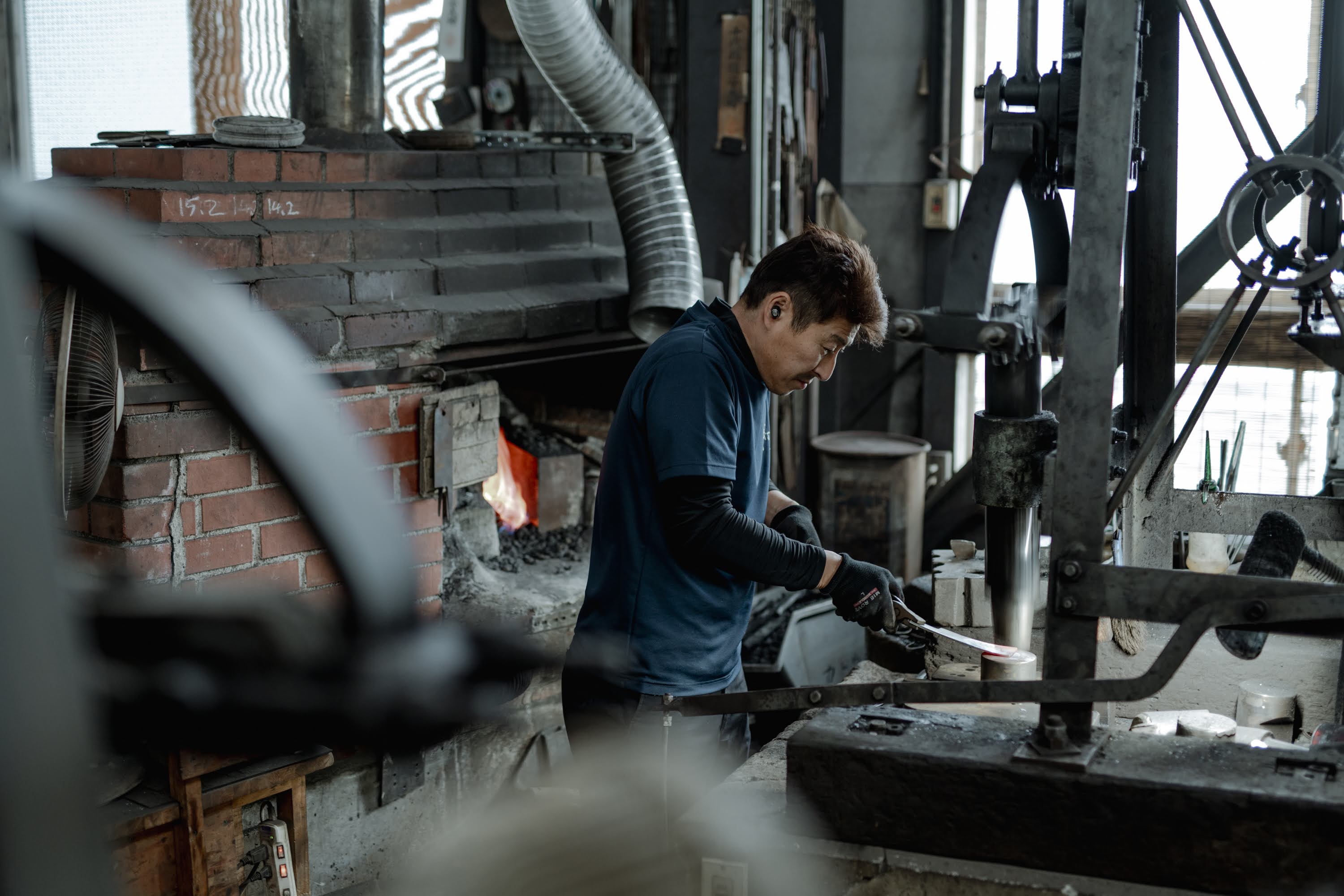
At Takefu Knife Village, communication among young craftsmen is active beyond the boundaries of the workshop. In recent years, an increasing number of people from all over Japan have immigrated to Echizen to become craftsmen of Echizen hammered blades, and the number of people who find employment through internships is increasing every year.
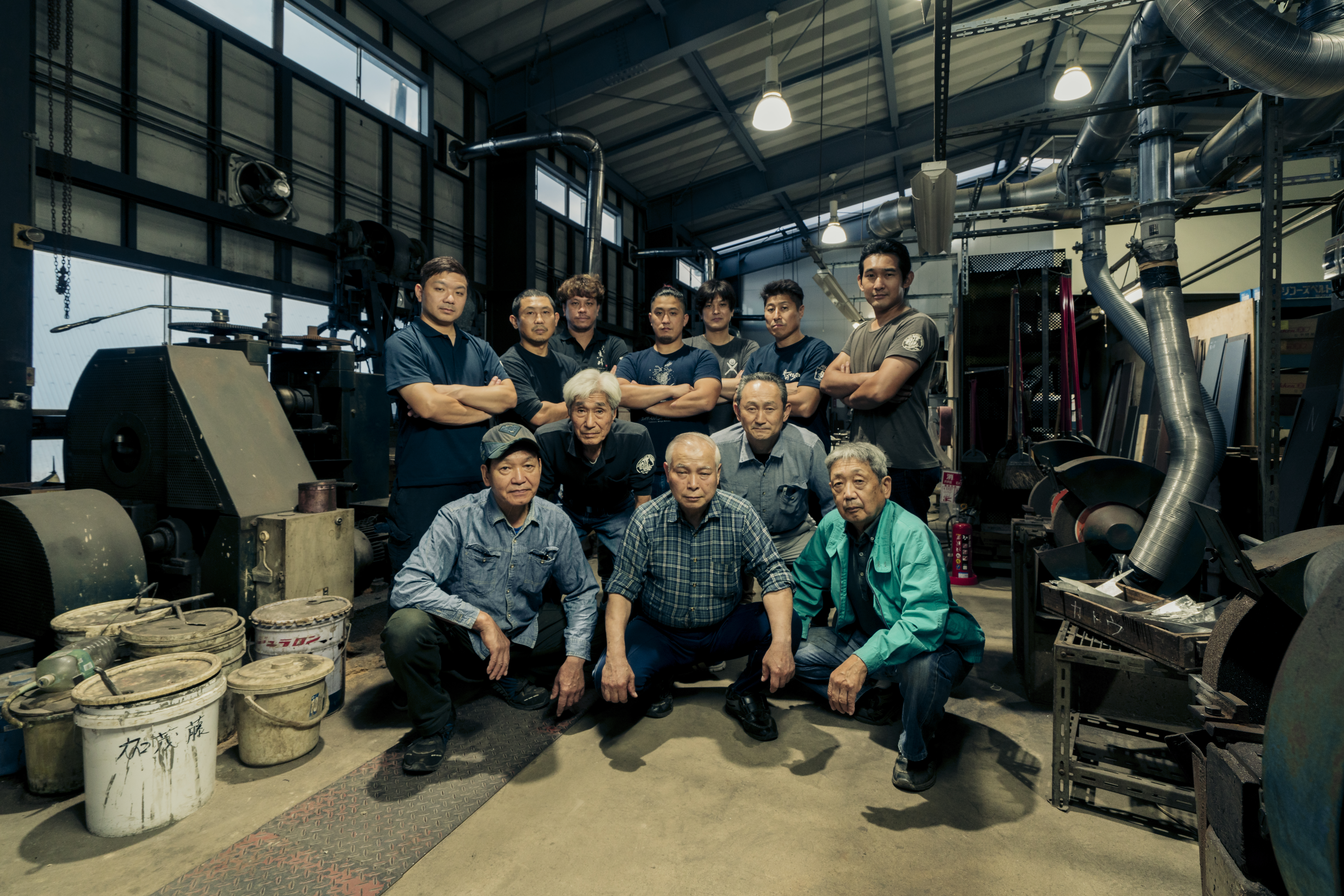
▲A good cycle was created in which the skills and experience of veteran craftsmen were passed on to the younger generation
In August 2020, a new workshop has created on the site.
The triangular-shaped building with an innovative design features a store selling Echizen Uchihamono blades and a large objet d'art displaying a kitchen knife designed by Kazuo Kawasaki, and is attracting attention as a new tourist attraction.
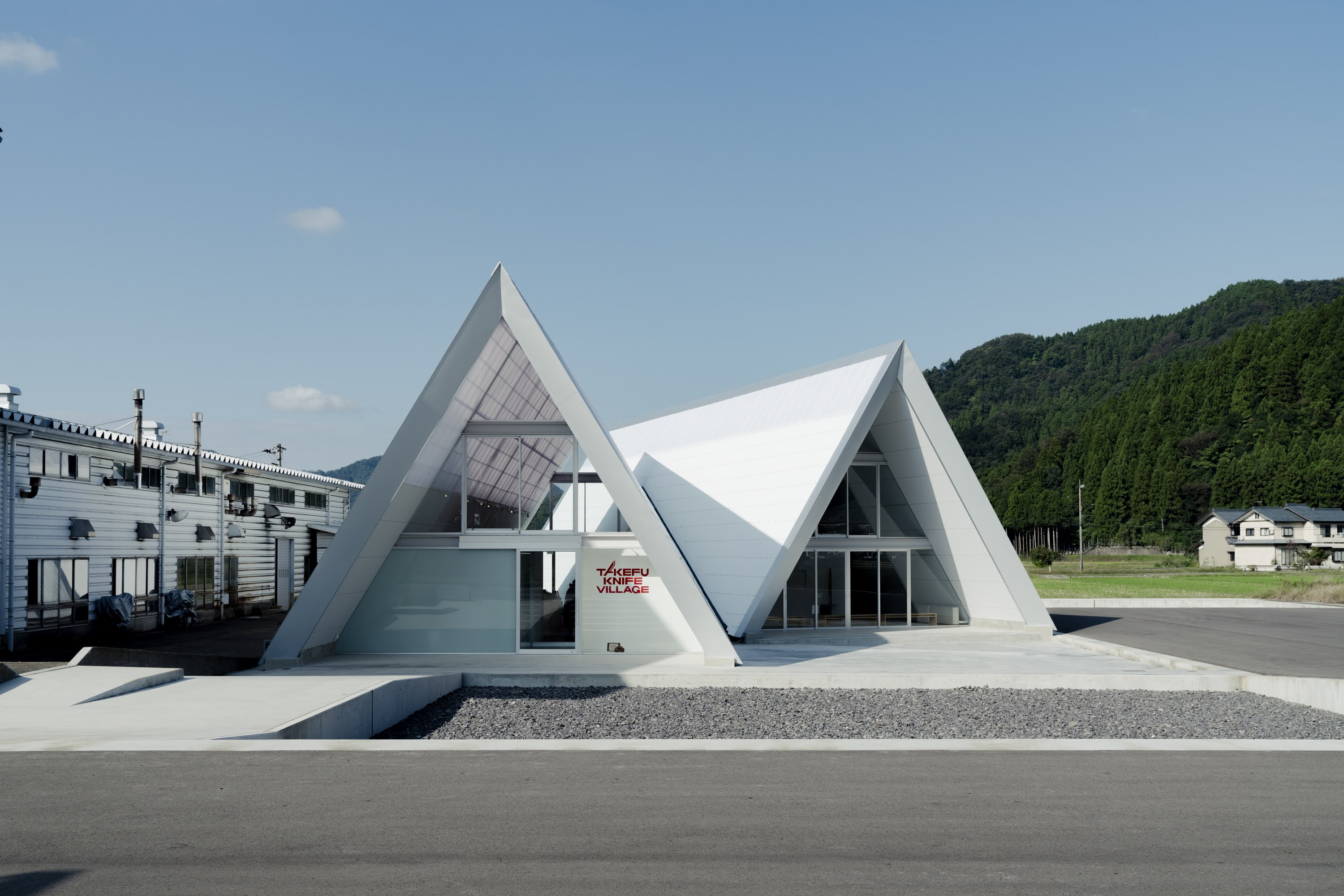
▲The multipurpose plaza next to the new workshop also serves as a workshop site for young artisans when they become independent.
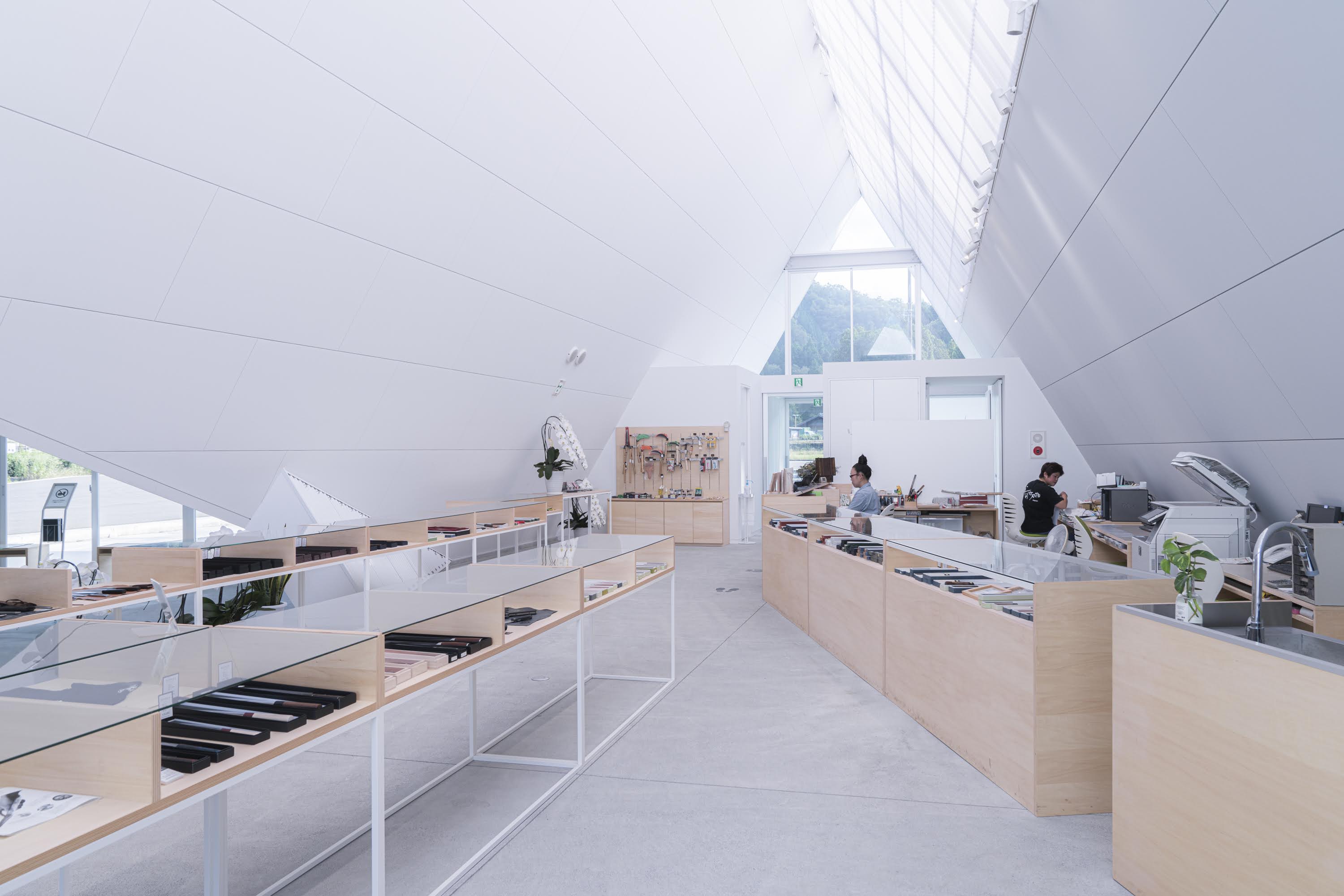
▲The new building also exhibits products worked on with Mr. Kawasaki.
Echizen hammered blades were a major turning point in the encounter between the traditional skills of craftsmen and "industrial design." The knives, produced one by one with soul, will continue to attract people from all over the world from here at Takefu Knife Village.
<References>
"Dream Designer" (KTC Chuo Publishing Co., Ltd.).
Text / Ai Ishihara
The Big Advantages
section6











